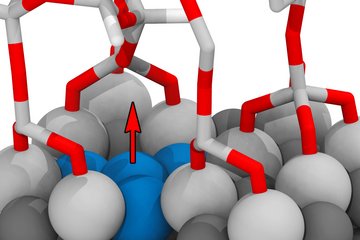All genres
1.
Journal Article
Combination of FTIR reflection absorption spectroscopy and work function measurement for in-situ studies of plasma modification of polymer and metal surfaces. Surface and Coatings Technology 200 (1-4), pp. 280 - 283 (2005)
2.
Conference Paper
Surface analysis of plasma induced reactions on organic model substrates. 17th International Symposium on Plasma Chemistry, Toronto, Canada, August 07, 2005 - August 12, 2005. (2005)
3.
Talk
Application of Combined In-Situ Infrared and Kelvin Probe Studies of Plasma Surface Modifications. EUROMAT 2005, Prague, Czech Republic (2005)
4.
Talk
Surface analysis of plasma induced reactions on metallic and organic model substrates. 17th International Symposium on Plasma Chemistry, Toronto, Canada (2005)
5.
Poster
In-situ IR-spectroscopic and Kelvin probe investigations of plasma modified model substrates. Ninth International Conference on Plasma Surface Engineering, Garmisch-Partenkirchen, Germany (2004)











